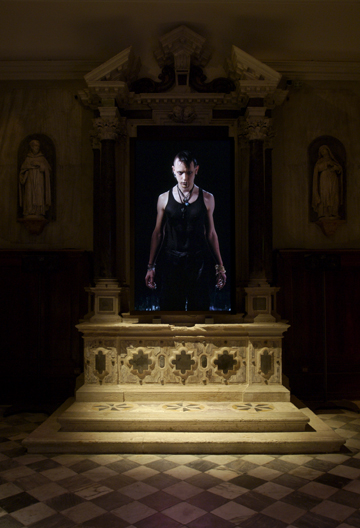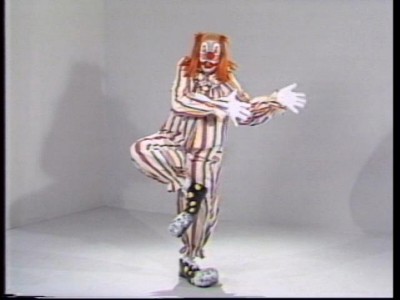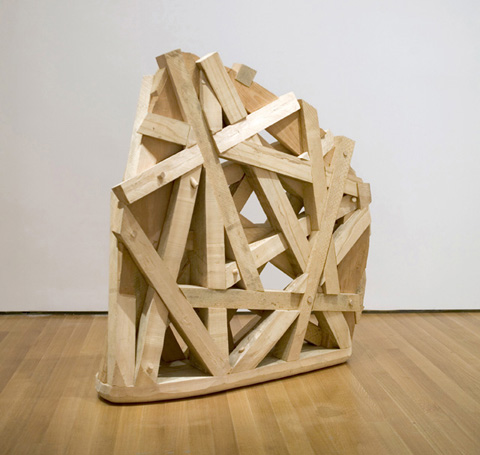
American artist Gary Hill first exhibited Tall Ships in the early 1990s as he rose to prominence as one of the world’s pre-eminent video artists. While Hill has explored interactive encounters between life-size video imagery and exhibition visitors in other works, Tall Ships is considered to be the most profoundly immersive experience in his body of work. In the artwork, Hill allows his video art to move toward an expression of the intangible sensations that tingle on the surface of the skin, and linger in the dark recesses of our hearts and minds.
Tall Ships transports us from the real world, crossing into an unfamiliar world of experience where we discover lost friends and dream-like figures. Visitors to the deep spaces of Hill’s work transcend physical movement through the installation into darker, uncharted waters. Into the space of emotions, intuition and ghostly sensations. Into the space of premonitions, memories and dreams."
what. It’s the simplicity of the idea - humans approaching humans in a space of a work that is
always slightly haunted by the notion of “ships passing in the night.”


















